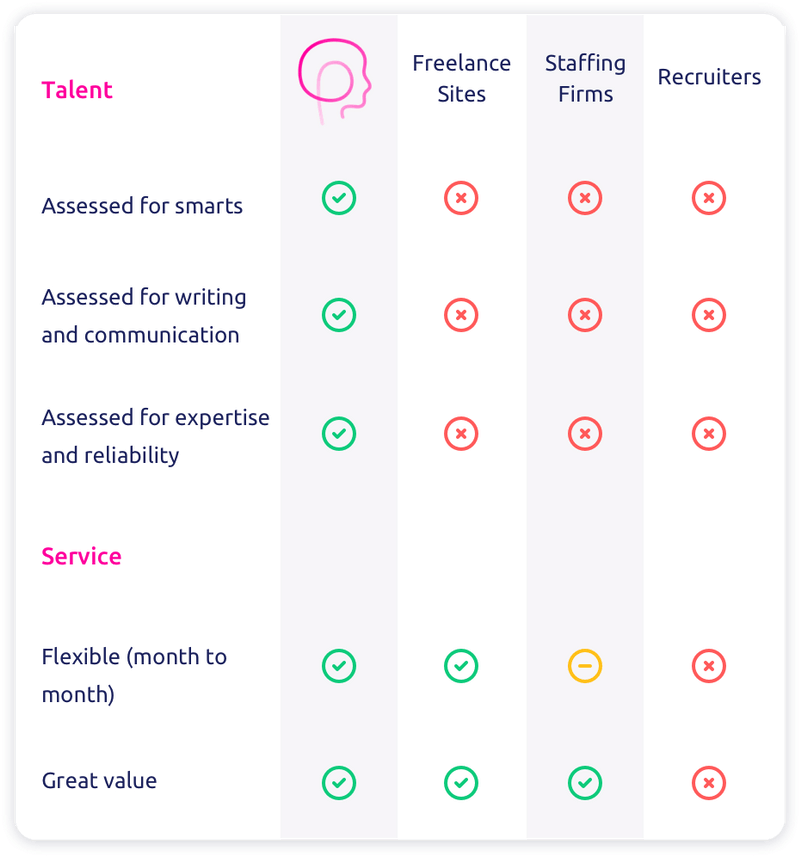What Is Workforce Planning?
Workforce planning is the process of analyzing and forecasting an organization’s current and future workforce needs, and developing strategies to meet those needs. It involves identifying the skills, knowledge, and abilities required for each job role, and assessing the availability of talent both internally and externally. Workforce planning is a critical component of human resource management, as it ensures that an organization has the right people in the right roles at the right time.
Effective workforce planning involves a thorough analysis of an organization’s business goals and objectives, as well as its current and future workforce demographics. This may include analyzing workforce trends, such as turnover rates, retirement projections, and changes in labor market conditions. By anticipating future workforce needs, organizations can proactively address talent gaps and ensure that they have the necessary resources to achieve their business goals.
Examples of workforce planning strategies may include recruiting and training initiatives, succession planning, and workforce development programs. These strategies can help organizations to attract and retain top talent, build a pipeline of skilled workers, and ensure that employees have the skills and knowledge needed to succeed in their roles.
Why is workforce planning important?
Workforce planning is important because it helps organizations anticipate and prepare for changes in their workforce needs. By analyzing current and future staffing needs, organizations can identify skill gaps, develop strategies for recruitment and retention, and ensure that they have the right people in the right roles at the right time.
What are the key steps in workforce planning?
The key steps in workforce planning include: analyzing current workforce data, forecasting future workforce needs, identifying skill gaps, developing strategies for recruitment and retention, and monitoring and evaluating the effectiveness of workforce planning efforts.
Workforce Planning Dos And Donts
Dos
- Ensure alignment with business strategy and goals.
- Involve key stakeholders in the planning process.
- Use data to inform decision-making.
- Consider both short-term and long-term staffing needs.
- Develop a talent management strategy to attract and retain top talent.
Donts
- Don’t rely solely on past trends or assumptions.
- Don’t overlook the impact of technological advancements and automation on workforce needs.
- Don’t forget to consider potential changes in the economic and political environment that may affect staffing needs.
- Don’t ignore the importance of diversity and inclusion in workforce planning.
- Don’t view workforce planning as a one-time event, it should be an ongoing process.

